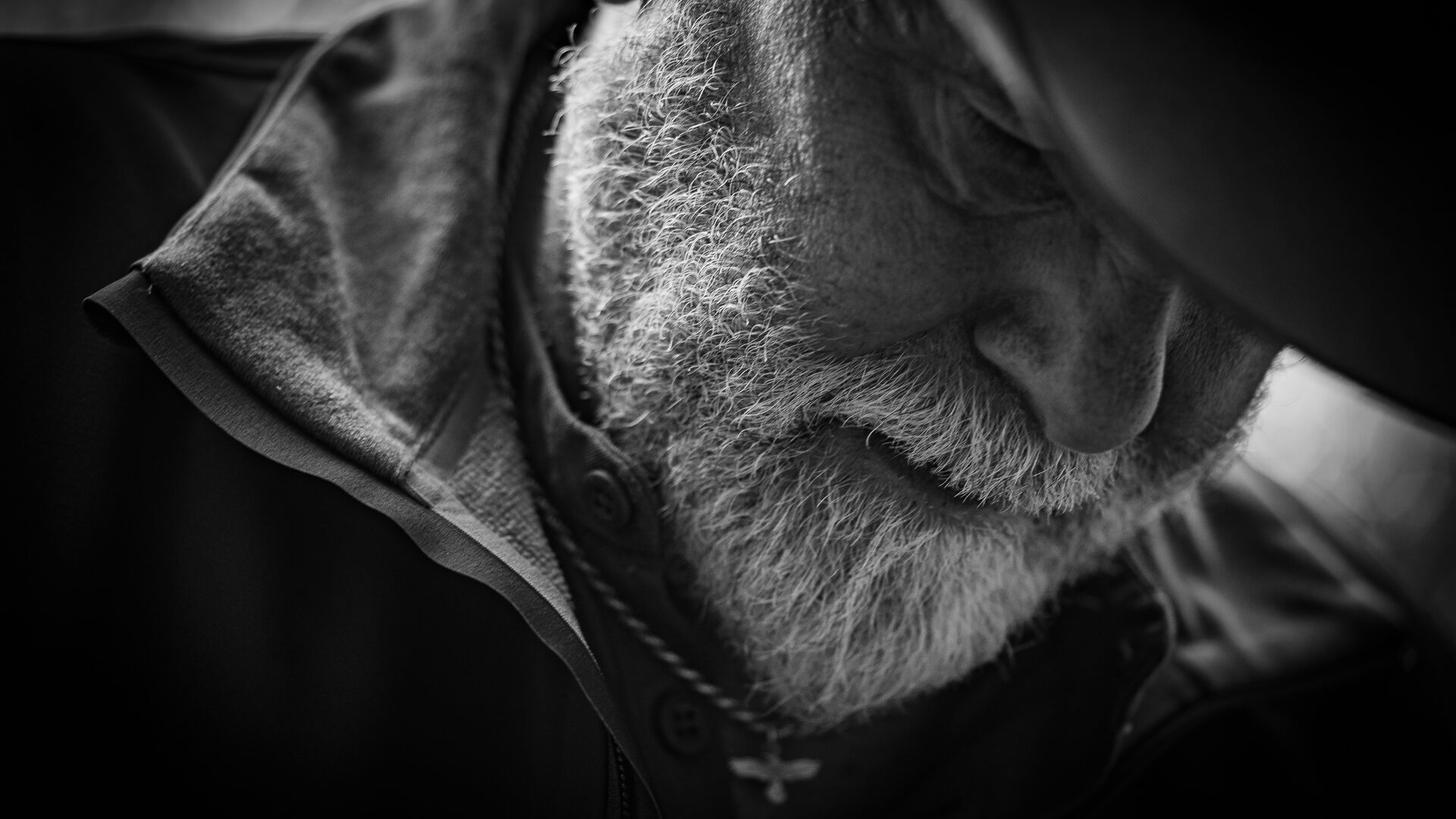You may think such a geometric shape does not exist. In text books, maybe not. Humans however, complicate anything.
I think I was about 11 when my father took me out to the local vocational school parking lot one weekend. We were in my grandfather’s 69 Chevy truck. The parking lot was empty and Dad decided to teach me how to drive a stick shift. I struggled with the old three on the column and the clutch, but before we left I was starting to get the hang of it. A few years later when I got my first job at a lumber yard, those early lessons were there to help me get a handle on a much larger truck. (I didn’t mind delivering lumber. I hated unloading it.)
What does this near ancient memory have to do with shooting? A lot actually. Shooting is not a complicated thing. In fact its much easier than driving a car on the highway. The main problems most folks have with shooting are they don’t do enough of it, and much of the training offered tries to put them on the highway before they graduate from the parking lot.
A triangle can be used to describe the necessary balance of many things in life. Jeff Cooper was the master of the triangle analogy with his accuracy, power, and speed (DVC) and his combat triad, which included gun handling, mindset, and marksmanship. Too many instructors or training schools complicate the triangle of learning to shoot with tactics; they’re not the same thing. Before you can apply a firearm in a tactical manner you must learn how to shoot. Just like with driving, you need to master the parking lot before you hit the highway.
Imagine if your father gave you your first driving lesson down Main Street during rush hour. Not only would you be struggling with the basic operation of the vehicle, you would have to be tactically interacting with all the other vehicles on the road. The same applies to firearms training. Exposing a student or yourself to a tactical problem before you have mastered the basics of marksmanship is like asking you to solve a geometry problem involving a six sided triangle.
Initial firearms training should be dedicated to gun handling. Here you will learn safety, firearm manipulation, and presentation. Basic marksmanship training should be next, and here you will discover sight alignment and trigger control and the balance of accuracy, power and speed. Before you advance to dealing with tactical problems you must get your head right and develop the proper mindset. Then and only then are you ready to learn to fight with a handgun.
Like my old geometry teacher used to say, “Keep it simple, solve one triangle at a time.”




Pingback: Richard Mann: Training - keep it simple | The Gun Feed
Good article.
But what really caught my attention is that pic at the end!!! The gold and the blue toy guns that shoot those coin-discs!!! I loved those you guns as a kid.
They were actually quite accurate!
Do you have the name/brand of those you guns? I’d seriously like to buy a few.
And I remember my dear late mother strictly teaching us we could not ever point guns at each other, even toy guns.
#goodmom
It’s worth noting Cooper also provided a simple measure of determining if you and/or your students have developed sufficient skill in marksmanship and gun handling at speed: Shoot El Presidente scoring a factor of six (points divided by elapsed time) or higher. Established as a drill or “nerve exercise”, not a simulation/scenario, a factor of six is par for a competent pistol shot.
Note, a factor of six is par, something that is expected to be done routinely by ordinary, competent shooters. By USPSA Classification standards for the Production equipment division (typical service handguns, not race guns), a factor of six on El Prez (CM99-11, https://www.uspsa.org/classifiers/99-11.pdf) is C Class, the lowest earned skill Classification.
I’d wager the majority of police, military, and CCW, including those seeking tactical instruction, are currently unable to perform this at par on demand and probably aren’t doing anything to fix it. Standards for most pistol qualification courses require about 300% less skill than what’s needed for a par El Prez. This means their first real stress shoot and scored competition will occur if they’re in a fight as their range training is far too lackadaisical.
This is a worse situation than a first driving lesson down Main Street during rush hour. It’s more like a first driving lesson at a Formula One race.
Pingback: The Six Sided Triangle | Firearm User Network